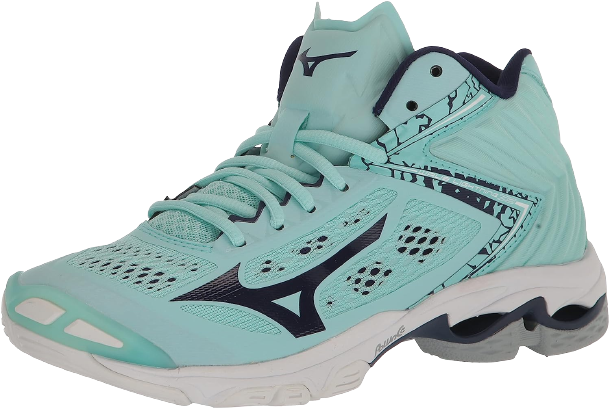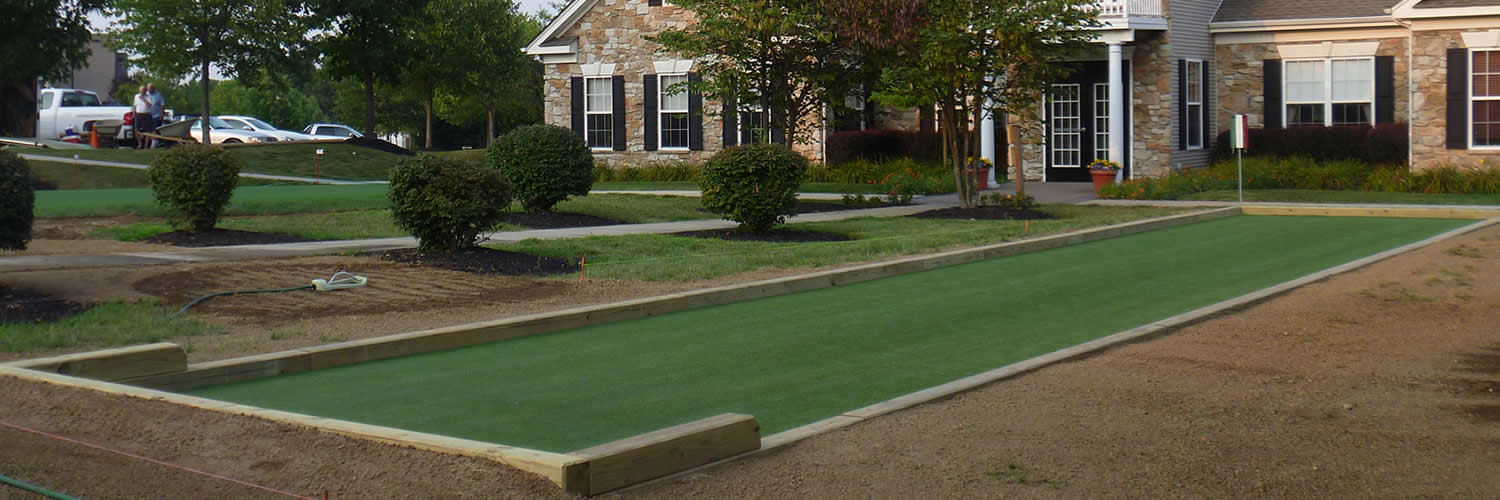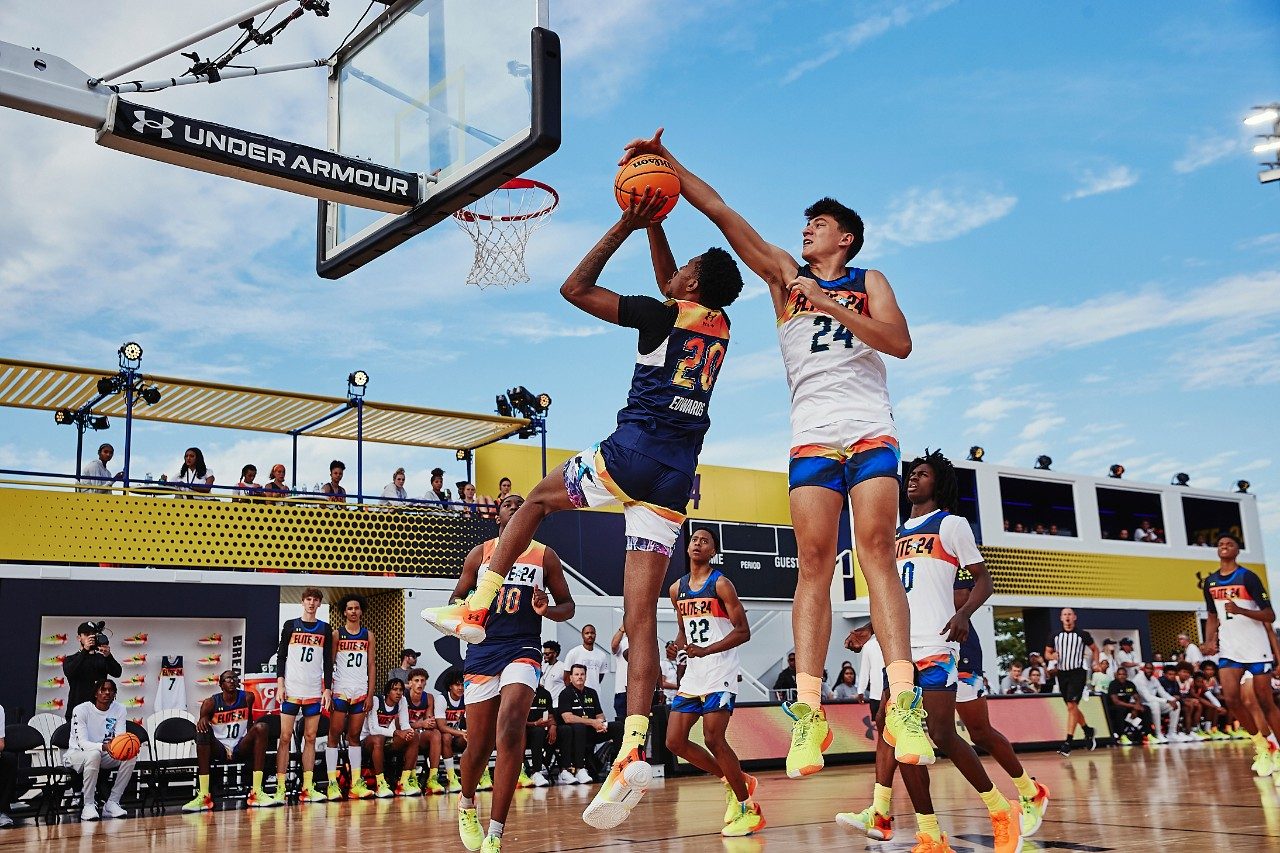In the world of professional sports, where every move and decision matters, the importance of the right equipment cannot be overstated. In the dynamic game of basketball, where agility, speed, and precision are essential, the comfort and support provided by footwear play a pivotal role. As technology advances and athletes push the boundaries of their physical capabilities, pink basketball shoes designers have taken up the challenge of redefining comfort through the integration of ergonomic design and cutting-edge cushioning technologies.
The Impact of Ergonomics
Ergonomics, the science of designing products for optimal human use and interaction, has become a guiding principle in modern basketball shoe design. The realization that a player’s movements and performance are intrinsically linked to their comfort level has led to a shift in focus from aesthetics alone to the incorporation of anatomical principles.
Shoe designers now analyze the natural movements of players on the court – from running and jumping to quick lateral shifts – to develop shoe structures that mimic and enhance these motions. This approach not only reduces the risk of injuries but also boosts overall performance by allowing athletes to move more naturally and efficiently.
Cushioning Evolution: From Impact Absorption to Energy Return
Cushioning is a cornerstone of basketball shoe comfort. Early basketball shoes primarily offered minimal cushioning, relying on players’ natural resilience to absorb impact. However, as athletes became more powerful and the intensity of the game increased, the need for advanced cushioning technologies became evident.
Air technology, introduced by Nike in the late 1970s, marked a significant advancement in cushioning. It involved encapsulated air pockets within the shoe’s sole, providing a cushioned landing while maintaining responsiveness. Since then, a plethora of cushioning systems have emerged, each with its unique attributes.
Gel cushioning, introduced by ASICS in the 1980s, focused on shock absorption, especially in high-impact areas like the heel and forefoot. Adidas’ Boost technology, which utilizes thermoplastic polyurethane (TPU) foam capsules, was designed to offer not only impact protection but also energy return, giving players an extra spring in their step. Similarly, Under Armour’s HOVR cushioning combines energy return with a soft, comfortable feel to keep players feeling light on their feet.
Responsive Foam and Customization
The modern era has witnessed the rise of responsive foam cushioning, which aims to provide a balanced combination of impact protection, energy return, and stability. Brands like Nike and Under Armour have introduced foam-based cushioning technologies that adapt to the player’s movements, providing targeted support where needed.
In addition to standardized cushioning setups, some brands are exploring customization options. PUMA’s Fit Intelligence (Fi) technology, for example, allows wearers to adjust cushioning levels using a smartphone app, tailoring the shoe’s feel to their individual preferences.
Balancing Comfort and Performance
Designers face a delicate balance between providing optimal comfort and ensuring that performance isn’t compromise. A shoe that’s too cushione might sacrifice responsiveness and agility, while a shoe with insufficient cushioning can lead to discomfort and fatigue.
The challenge lies in engineering shoes that offer the right amount of cushioning and support without hindering the athlete’s ability to make quick movements and react swiftly on the court. This balance requires a deep understanding of biomechanics, materials science, and athlete feedback.
Looking Ahead: The Future of Comfort
As technology continues to advance, the future of basketball shoe design holds exciting possibilities for comfort and performance enhancement. We can anticipate the integration of smart materials that adapt to the wearer’s movements and provide real-time feedback on impact and pressure distribution.
Moreover, sustainability and eco-friendliness will likely play a bigger role in cushioning technology. Brands are exploring ways to incorporate recycled materials and innovative manufacturing processes that reduce environmental impact.
In conclusion, the evolution of ergonomics and cushioning in modern best basketball shoes for wide feet is a testament to the industry’s commitment to athlete well-being and performance. From air pockets and gel cushions to responsive foam and customizable options, shoe designers are continually striving to strike the perfect balance between comfort, style, and on-court excellence. As technology advances and athletes continue to push their limits, the quest for the most comfortable and performance-enhancing basketball shoe will undoubtedly remain at the forefront of design innovation.




